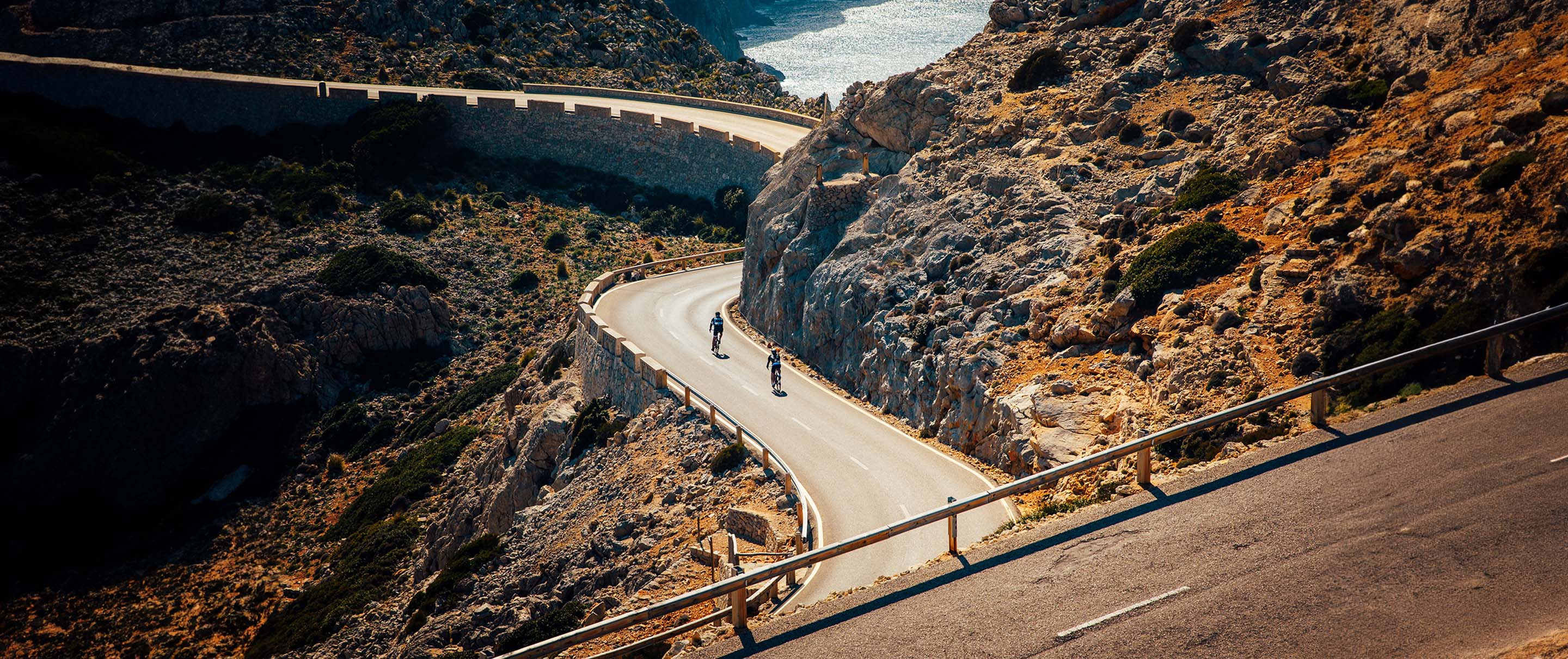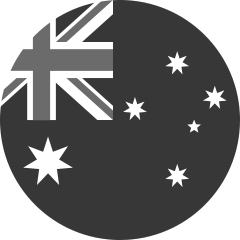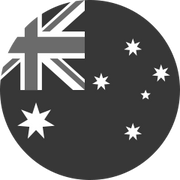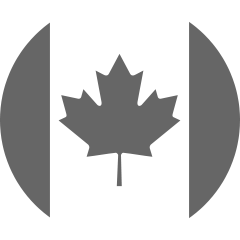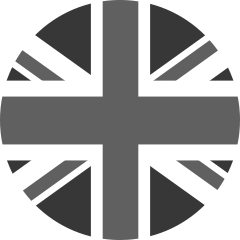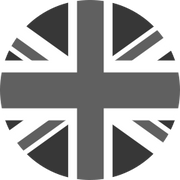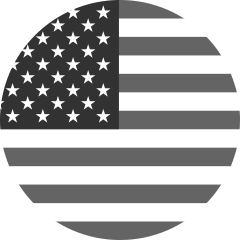Race Guide: Everything You Need to Know to Pick the Best Triathlon for You
Over the past few decades, triathlon has become incredibly popular, with tens of thousands of new participants taking part in races each year. And, if you’re new to the multisport world, you’ve probably found yourself wondering how to pick the best type of triathlon to participate in.
That’s no surprise: with thousands of races of various distances taking place, picking the best triathlon for you can feel like an overwhelming task.
But it doesn’t have to be.
Finding the perfect race is a matter of determining your goals, deciding on a distance, and then figuring out where you want to go for your triathlon.
Here’s what you need to know.
How to Choose the Best Triathlon Distance for Your Next Race
Deciding on the right race distance is the first and most important thing to consider when choosing the best triathlon for you.
For most beginner triathletes, it’s wise to choose between two distances.
Sprint Triathlon
For first-time triathletes or those who are looking to build up their experience, sprint triathlons are an optimal option.
These shorter-distance races consist of a:
- 750-meter swim
- 20-kilometer bike ride
- 5-kilometer run
While every athlete is different in their fitness levels and experience, you can typically expect to finish a sprint triathlon in anywhere from one hour to 2.5 hours.
But the time it’ll take you to complete the race isn’t the only thing you should consider: training for a triathlon is time-consuming and requires dedication, so make sure it’s something you can fit into your professional and personal schedules without feeling stressed or overwhelmed.
If you want to train for a sprint triathlon, it’s wise to budget between eight and twelve weeks and to be willing and able to invest between five and seven hours per week into your preparation.
Think a sprint distance race is the best triathlon for you to go for? Check out our resource, Training for a Sprint Triathlon: Swimming Tips to Get You Race-Ready. In this article, you’ll learn how to set goals for your race, what gear you’ll need for your training and on race day, how to work from a training plan, tips for how to maximize your workouts, common verbiage and lingo you’ll need to understand, and more.
Olympic Triathlon
If you’re looking for more of a challenge, an Olympic distance race might be the best type of triathlon for you.
Since making its debut at the Olympic Games in Sydney in 2000, the Olympic triathlon has become generally accepted as the global standard in terms of race distance.
And, at double the distance of its sprint counterpart, an Olympic triathlon includes a:
- 1.5-kilometer swim
- 40-kilometer bike ride
- 10-kilometer run
Olympic tris are no easy feat, but they’re absolutely achievable if you’re able to invest between seven and ten hours per week into training for 12 to 16 weeks.
Given the distance you’ll cover during an Olympic triathlon, your training regimen should focus on building endurance across all three disciplines while also focusing on strength training and flexibility exercises.
You can learn everything you need to know about tackling a sprint triathlon with our guide, How to Train for an Olympic Triathlon: Swimming Tips for a Successful Race, including the differences between sprint and Olympic races, what to expect from training, and how to fit your race prep into your schedule.

5 Tips for Picking the Best Triathlon to Register For
Once you’ve established the triathlon distance that’s right for you, the next step is to decide which race (or races) you want to register for.
This could be a race in your hometown or one in an exciting destination (more on this to come), but there are a few important considerations you should keep in mind to guide your decision.
Here are five tips to help ensure you pick the best triathlon to sign up for.
1. Decide on Your Goals for the Race
Before you sign up for a race, it’s important to decide what you want to achieve.
Why?
Because the race you choose can either support or hinder you in achieving your goals.
Here’s what we mean…
For your race, your goal might be to:
- Cross the finish line
- Push yourself as hard as you can
- Achieve a personal best
- Qualify for other races, like Nationals or World Championships
And whatever your goal might be, it’s essential to pick a race with a course where you’ll be able to make it happen.
This is a very personal process: the race you choose should align with your physical abilities and cater to your ability to achieve your goals.
Pro tip: If your goal is ultimately to complete a longer race, it’s wise to sign up for a few shorter “tune-up” races along the way. This will allow you to gain valuable experience as you build up to your pinnacle race while also keeping you focused and engaged during training.
2. Consider How Much You’re Ready to Invest
Triathlon can be a costly sport, so it’s wise to consider the level of financial investment you’re willing to make in order to compete in a given race.
Some races will have higher registration fees than others in order to cover things like road closures, insurance, equipment, security, police, and other race day logistics.
And, if you plan to travel for a race, you may need to cover travel and accommodation costs—even if the race is only a few hours away from your home—since you’ll need to be there at least one night in advance.
3. Think About Your Desired Race Atmosphere
Nothing feels quite like the experience of taking part in a triathlon: it’s exciting, fun, nerve-wracking, and adrenaline-filled.
But not all races are equal and their atmospheres can range from relaxed to high-intensity.
So, when you’re looking for the best triathlon for you, consider whether you prefer a smaller, more intimate event or a larger, more competitive one.
Smaller races can provide a friendlier atmosphere and a chance to connect with fellow participants while larger races often have a more energetic and competitive ambiance.
4. Research the Course
Every triathlon course is different, ranging from easy to incredibly challenging. And before you sign up for a race, it’s crucial to research the course and make sure it aligns with your physical capabilities and comfort level.
Evaluate the difficulty level of the race course and the terrain it encompasses. Some courses will be filled with hills, technical bike routes, or challenging run paths while others may be relatively flat and more beginner-friendly.
Get introspective and consider your fitness level, strengths, and opportunities for improvement in each discipline to determine which course characteristics will suit you best.
And while you consider this decision, think back to your goals and ask which course will give you the best chance of achieving them.
For example, if you’re signing up for your first race and your goal is to simply get across the finish line—a massive achievement in itself—your best bet might be to pick a race with a small, calm body of water to swim in and flat bike and run courses.
On the other hand, if you’re looking to test your limits, finding a more difficult course will give you the challenge you’re looking for.
5. Take Mother Nature Into Account
Weather conditions are the ultimate variable when you’re racing in a triathlon. After all, you can pick the best triathlon course for you, but you can’t control Mother Nature.
However, that’s not to say you can’t plan for this to some degree.
Take into account the environmental conditions in the location where you’re thinking about racing, including wind patterns, temperatures during the race, and water conditions.
That last point is especially important to consider: open water swimming, especially in cold water, can be mentally and physically challenging, even for seasoned athletes. We discuss this topic at length in our article: Mind Over Matter: How Triathlete Adam Goulet Overcame Open Water Swim Anxiety.

Destination Races: How to Pick the Best Triathlons Out of Town
It’s really common for triathletes to make a trip of their race and maybe even tack on a vacation where they can unwind once it’s all done. So, when you’re debating on the best triathlon to sign up for, picking a destination race can be a fun idea.
If you’re considering racing out of town, it’s wise to take a few things into account before you register.
The Appeal of the Course
The same way you’d scope any race course when you’re deciding the best triathlon to sign up for, you’ll also want to do that for out-of-town tris.
But in addition to its difficulty level, think about the scenic beauty and unique features of the course you’ll be racing on. Look for races held in locations known for their stunning landscapes, like coastal areas, mountain ranges, or iconic landmarks.
And think about the water conditions where you’ll be swimming: do you want a warm, clear body of water to race in?
If you’re going to travel to find the best triathlon, you might as well be selective in finding the perfect place to go.
Local Weather and Conditions
Think about the weather and conditions in the location where you’re considering racing. You might want a tropical holiday, but do you want a tropical race?
Take note of temperature ranges, humidity, rainfall patterns, altitude, and any potential weather extremes that you might have to contend with during your triathlon.
And, with that in mind, take into account the potential impact of weather conditions on your race performance.
For example, if you’ve never trained in heat or at altitude, this might be a shock to the system. So, before you register for your destination race, make sure you’re confident in your ability to handle the conditions and plan your training and race-day strategies accordingly.
Evaluate the Accessibility of the Destination
When you’re heading off to a destination race, it’s not as simple as packing a suitcase and taking off.
Triathlons require a lot of gear. Some gear is small and portable, like wetsuits and FORM goggles. But large items, like your bike, can make it much more logistically challenging to travel.
So, think about travel options, flight availability, and transportation infrastructure, and look for places that’ll make it easy to get from A to B to the race with all of your gear in tow.
Whether you’re training for your first race or looking to level up your skills, picking the best triathlon for you is essential to achieving your goals, completing your race, and—most importantly—having a ton of fun in the process. So, make sure you’ve given consideration to all of the key factors in the equation before you sign up.
